The world of orchids is a mesmerizing realm where botanical artistry meets centuries of cultural symbolism. Among the myriad varieties, two broad categories stand out with distinct identities: the Oriental Cymbidium and the tropical exotic orchids . Each carries its own "petal code" – a visual language that reveals their origins, evolutionary adaptations, and aesthetic philosophies.
Oriental Cymbidium: The Calligraphy of Petals
To understand traditional Chinese orchids is to decipher an ancient floral script. The prized "plum blossom" presents petals rounded like waxen coins, their edges rolling inward with the precision of a Ming porcelain rim. These blooms embody Confucian ideals – moderation expressed through geometry, where not a single curve exceeds necessity. Jade-like "lotus" varieties take this further, their sepals and petals forming perfect concentric circles reminiscent of Buddhist mandalas.
The rarest "water fairy" breaks conventions with elongated lower petals that seem to drip like ink from a suspended calligraphy brush. Chinese scholars would debate for hours whether a specimen achieved the perfect 1:1.618 ratio between dorsal sepal and petal width – their version of the golden mean. What Western eyes might overlook as simple flowers become living embodiments of Daoist balance when viewed through the lens of (petal morphology theory).
Tropical Orchids: Nature’s Baroque Extravaganza
Cross the botanical equator into tropical orchid territory, and the rules transform dramatically. Here, Phalaenopsis hybrids flaunt petals that mimic fluttering moth wings, their surfaces dappled with ultraviolet patterns invisible to human eyes but irresistible to pollinators. Cattleyas explode with ruffled edges resembling Elizabethan lace collars – a flamboyant contrast to the restrained elegance of their Oriental cousins.
The most extraordinary coding appears in Dracula orchids. Their triangular petals form optical illusions that trick male fruit flies into attempting mating, ensuring pollen transfer. Where Oriental orchids whisper in brushstrokes, tropical varieties shout in technicolor, their forms shaped by evolutionary arms races rather than imperial horticultural standards.
The Hidden Language of Lip Morphology
Both orchid families communicate through their labellums (lips), but with radically different dialects. Traditional Cymbidium lips remain modest, often just a contrasting splash of color called the "heart spot" (舌斑). This understatement draws attention to subtle variations – a crimson dot’s position might elevate a specimen’s value tenfold among connoisseurs.
Meanwhile, tropical orchids deploy their lips like carnival attractions. The bucket-shaped lip of Coryanthes orchids forces bees to tumble into a floral swimming pool, while Psychopsis petals mimic the jerky movements of insects to provoke territorial attacks from would-be pollinators. These biomechanical marvels reveal how environment shapes form – tropical diversity demands extravagant adaptations, while the stable microclimates of Chinese mountain valleys allowed for refinement of minimalist ideals.
Modern Hybrids: Cracking the Genetic Cipher
Contemporary breeders have become cryptographers of the petal code, crossing the divide between these two worlds. The "Jade Butterfly" hybrid stunned collectors by combining a Cymbidium’s jade-green hue with Phalaenopsis’s rounded petal array. Its success lies in activating ancestral genes – many tropical orchids share common ancestors with Oriental varieties before continental drift sent them on divergent evolutionary paths.
Advanced imaging reveals even deeper connections. The crystalline structures that give Vanda orchids their metallic sheen employ light-refraction techniques surprisingly similar to the velvety texture of prize-winning Chinese Cymbidiums. At the molecular level, both types use flavonoid pigments to create blue hues, though tropical species often enhance them with pH manipulation unseen in traditional varieties.
Cultural DNA in Bloom Forms
Beyond biology, these petal shapes encode cultural histories. The Japanese art of (randō, orchid appreciation) teaches that viewing ideal Cymbidium forms induces meditative states, their symmetry mirroring Zen rock gardens. Meanwhile, Victorian orchid hunters saw in tropical varieties’ complexity a mirror of their own industrial age – a sentiment preserved today in the steampunk aesthetic of many hybrid exhibitions.
Contemporary artists like Lee Jung Woong exploit this duality, creating installations where projected Cymbidium petals interact with 3D-printed tropical orchid models. The resulting play of shadows and light questions whether our categorization of "East" and "West" in horticulture still holds meaning in an era of genetic sequencing.
As climate change alters growing conditions worldwide, understanding these petal codes becomes crucial for conservation. The same genes that give Chinese Cymbidiums their prized compact form may hold keys to drought resistance, while tropical orchids’ thermal adaptation strategies could inspire new greenhouse technologies. The humble flower part, it turns out, was never just about beauty – it’s an evolving language waiting to be read.
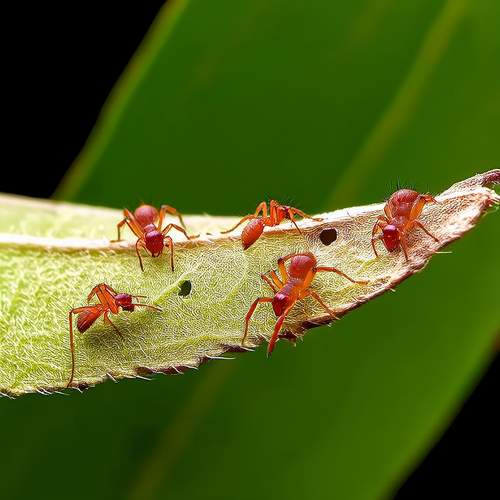
By /May 21, 2025

By /May 21, 2025

By /May 21, 2025

By /May 21, 2025

By /May 21, 2025
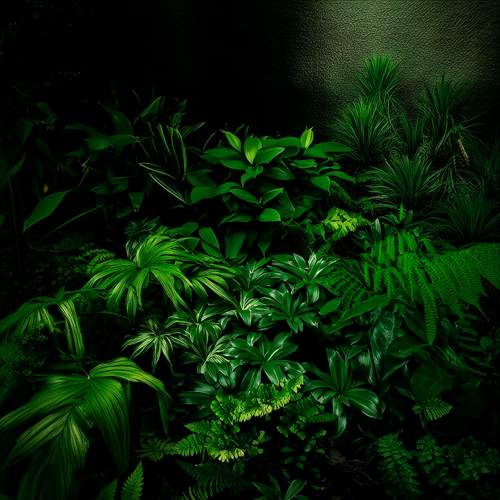
By /May 21, 2025
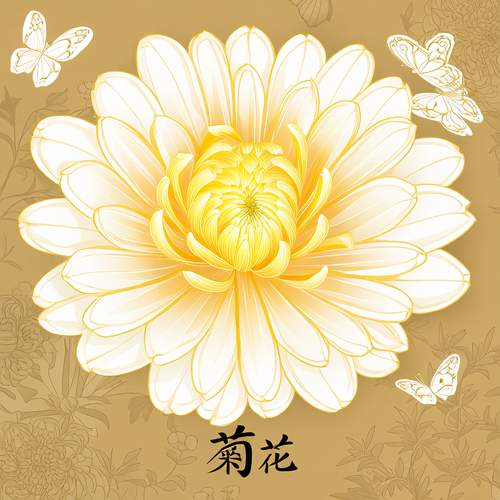
By /May 21, 2025
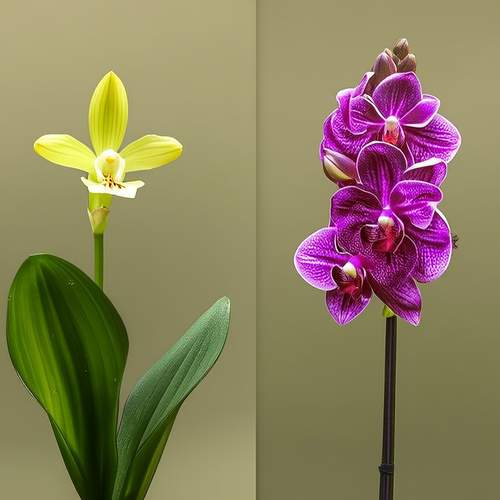
By /May 21, 2025
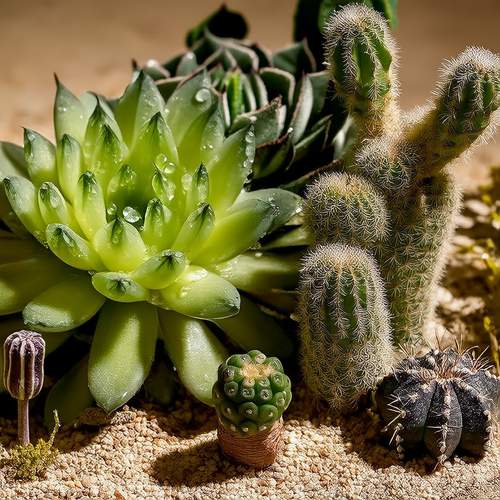
By /May 21, 2025
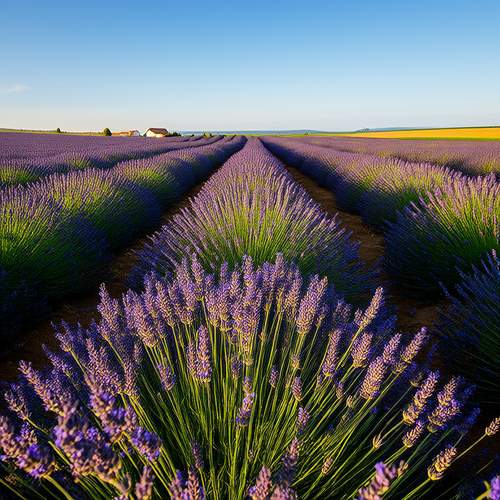
By /May 21, 2025
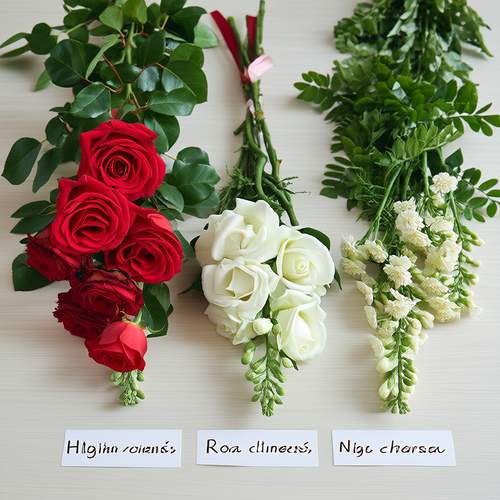
By /May 21, 2025

By /May 21, 2025
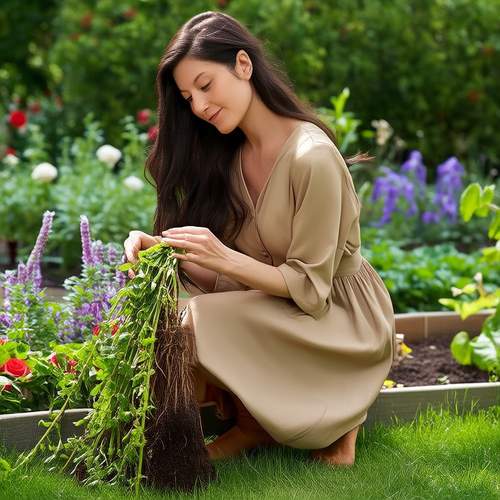
By /May 21, 2025

By /May 21, 2025
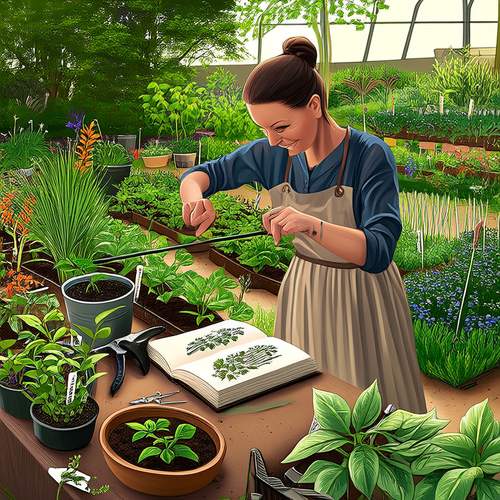
By /May 21, 2025

By /May 21, 2025

By /May 21, 2025
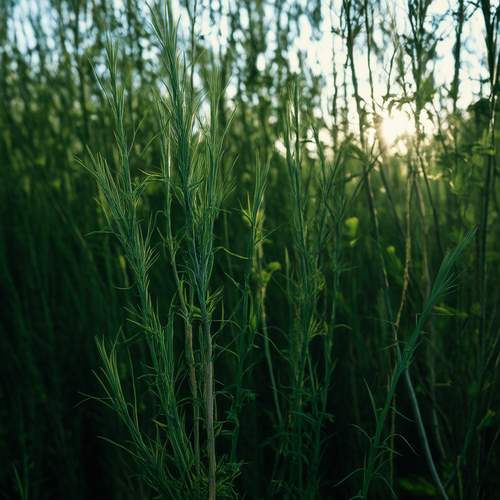
By /May 21, 2025

By /May 21, 2025
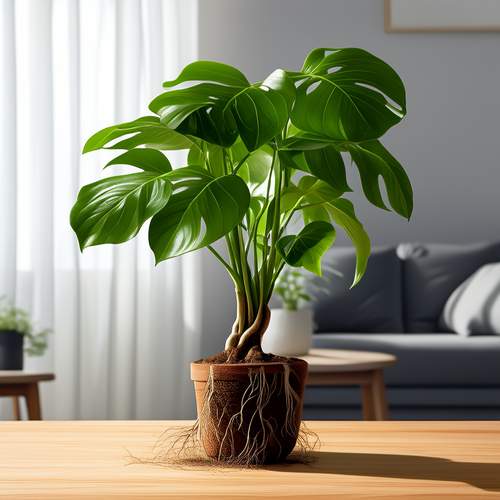
By /May 21, 2025